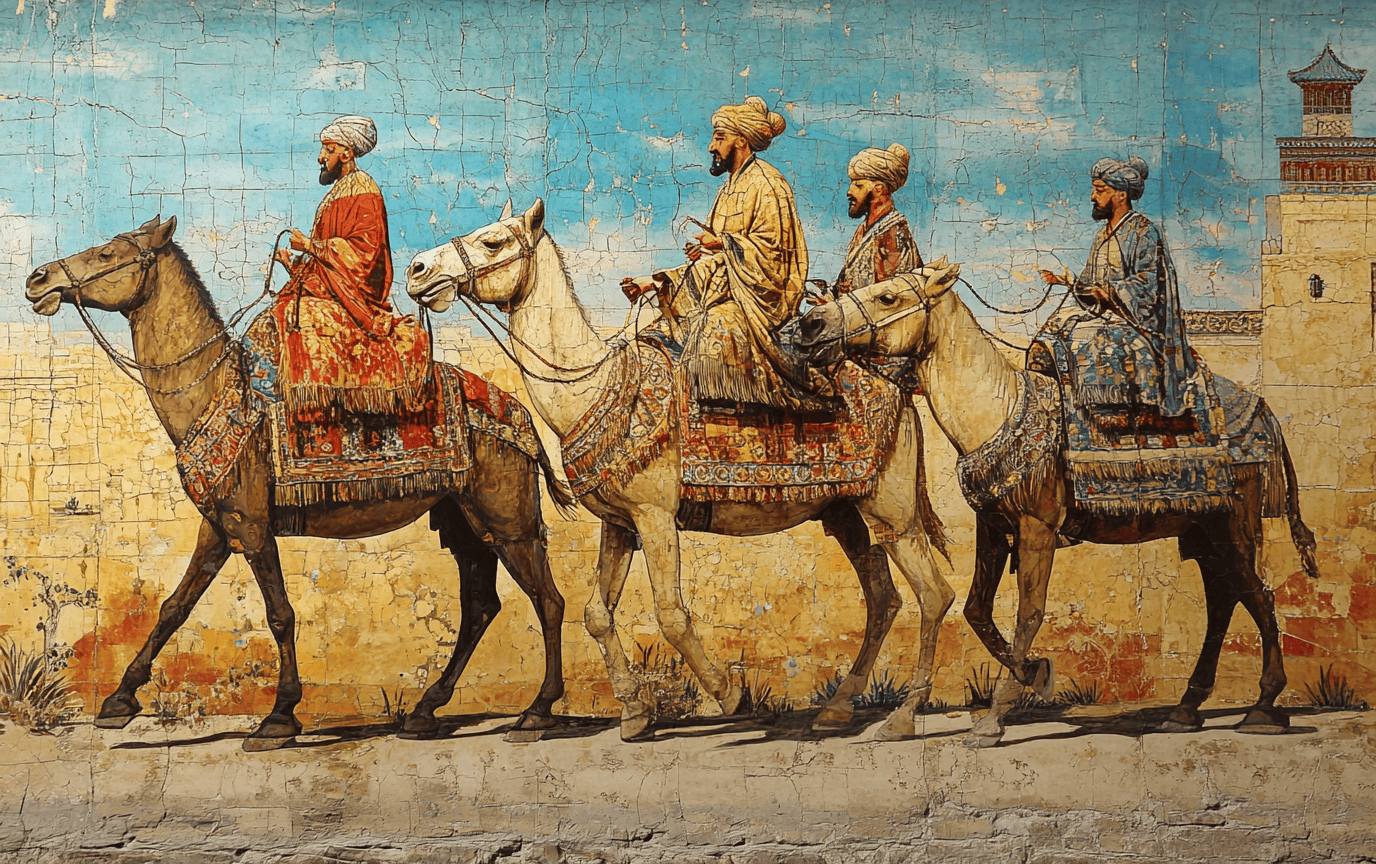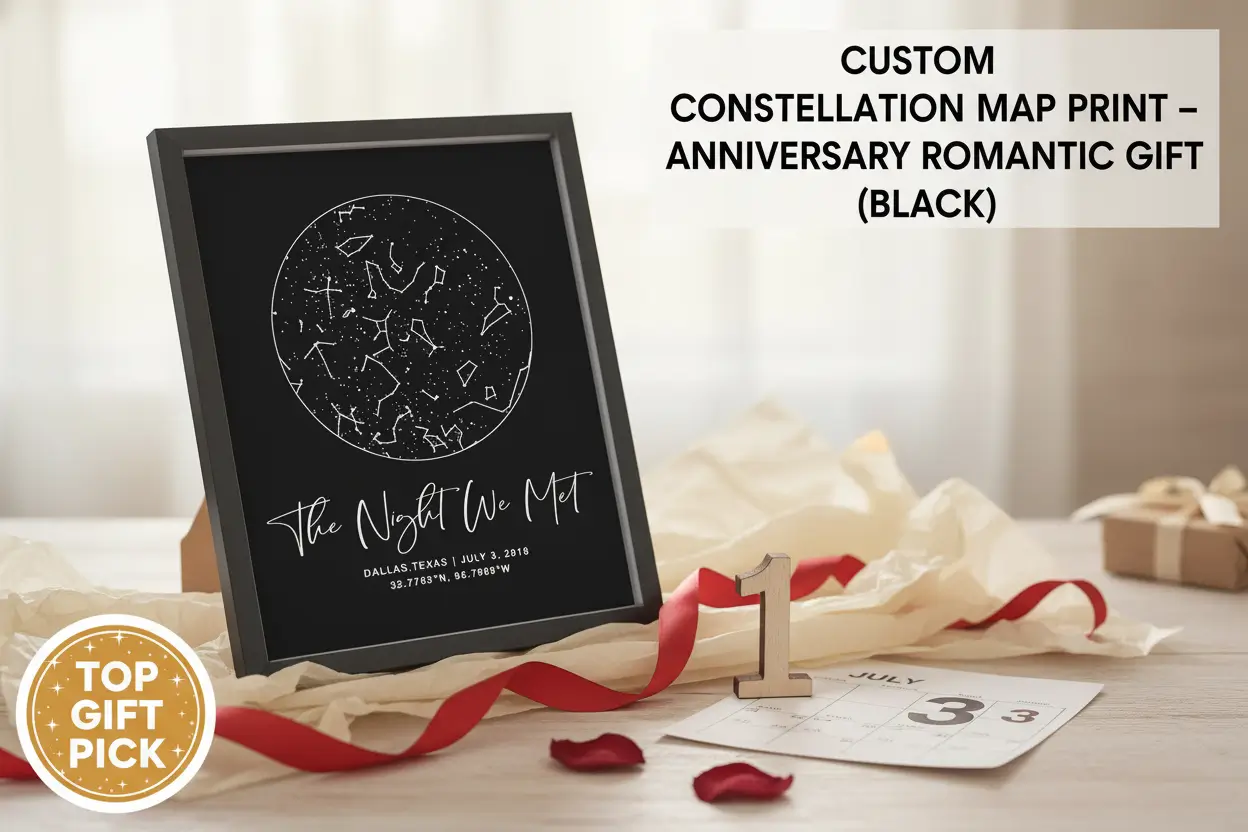Understanding the Silk Road’s Cultural Exchange: A Journey Through Time
Once upon a time, there existed a tapestry of trade routes, winding through the expansive landscapes of Asia and Europe — the Silk Road. This network was not merely a passage for lavish goods like silk and spices but rather a vibrant artery of cultural exchange. Each caravan that traversed the arid deserts and rugged mountains carried more than just wares; it carried ideas, art, and beliefs that would forever alter the civilizations they touched. Let us embark on a journey to uncover the profound impacts of the Silk Road on human interaction and cultural diffusion.
Cultural Bridge Between East and West
The Silk Road served as a cultural bridge between East and West, intertwining the lives and beliefs of diverse peoples. Imagine a dusty, sun-soaked road where a caravan pulls to a halt. Passengers disembark, their eyes bright with tales of distant lands. Among them, a Buddhist monk, weary from his journey, shares teachings from India. Travelers gather, enthralled, their hearts opening to the wisdom brought from another world.
The journey of these ideas was not isolated. Christianity and Islam woven through the fabric of the Silk Road, as Nestorian Christians traversed its paths, establishing communities that emphasized coexistence and respect. Meanwhile, Islamic scholars translated texts, merging Greek philosophy with Islamic thought, enlightening the regions they touched.
A small village in Central Asia transforms overnight, bustling with lively debate and discussions about philosophy and spirituality. This was not merely trade; it was the birth of new beliefs and practices, all threaded together by the Silk Road’s reach.
Artistic and Architectural Influences
Art along the Silk Road was a symphony, each culture contributing notes to the grand composition. The technique of glassmaking, a revered art from the Mediterranean, journeyed to Central Asia, where artisans would fuse it with their styles, creating stunning works that mesmerized onlookers. The sericulture that began in China, on the other hand, wended its way west, where its luxurious silk transformed the fashion landscape of Persia and beyond.
In the cities of Samarkand and Bukhara, architectural wonders erupted from the earth. Timur erected majestic structures, their domes reflecting a blend of various styles—where Iranian, Azerbaijani, and Indian elements intertwined flawlessly. It was a brilliant testament to the collaborative creativity fueled by the Silk Road. Just picture a traveler standing before an awe-inspiring mosque, its intricate tilework shimmering under the sun, telling the stories of a thousand craftsmen from different lands.
Intellectual and Technological Exchange
Yet, the exchange along the Silk Road was not only confined to art. It was a flourishing highway of knowledge and technology. Paper, a gift from China, trickled into the West, where it would replace parchment, revolutionizing the way thoughts and ideas were recorded.
“Have you seen this?” one trader excitedly asked another, unfurling a sheet of fine paper. “It’s light, and it holds ink like nothing else! This could change everything!”
The advent of gunpowder similarly transformed the dynamics of power, with its origins tracing back to the alchemists of China before it united itself worldwide through the trades of the Silk Road. As empires clashed and ideas fought for survival, the Silk Road became a battlefield of innovation.
Mathematics, astronomy, and medicinal practices whispered across the seas and over mountains, interlacing cultures into a cohesive fabric of understanding. Imagine a dusty library in Baghdad, filled with texts brought by merchants who had journeyed far and wide, blending Eastern and Western knowledge under one roof.
Music and Performance Arts
Don’t forget the rhythms and melodies drifting along the Silk Road! Music traveled as freely as the caravans, with instruments and styles merging into something entirely new. Silk Road musicians carried scales from the East, blending them with Western harmonies, creating enchanting sounds that captivated audiences.
In vibrant theaters, from Constantinople to Guangzhou, a diverse range of performers graced the stage. Imagine colorful fabric draping the stage as actors, donning intricate costumes influenced by myriad cultures, tell tales that resonate with the collective spirit of humanity. A young boy, eyes wide with wonder, watches performers dance, their movements echoing the tales of their ancestors.
While the World Changed, the Legacy Endured
Today, the legacy of the Silk Road continues to echo through time. With initiatives like the UN’s Silk Road Project, we witness a revived interest in these ancient trade routes, paving the way for cultural and historical appreciation in the modern era. Museums are showcasing artifacts that knit together the threads of exchange and interaction, reminding us of the vibrant history that shaped our world.
Trekking through the arid landscapes of Central Asia, one encounters remnants of these ancient routes – weathered stones and worn paths, bearing witness to the human spirit’s quest for connection and understanding.
The Silk Road taught us that no matter our backgrounds, when we share ideas, art, and culture, we amplify our humanity. Just like the intricacies of a tapestry, each thread tells a story, creating beautiful works that withstand the test of time.
Conclusion: A Tapestry of Exchange
The Silk Road’s cultural exchange signifies not only the interconnectedness of ancient civilizations but serves as a beacon for our present and future interactions. As we ponder the implications of globalization today, we are reminded of the exchanges that can breed mutual respect and understanding.
In a world that seems divided at times, the historical lessons of the Silk Road echo the need for conversation and shared experience. Through art, beliefs, and technologies, we can reach across the divide and create a meaningful dialogue.
The Silk Road reminds us that while civilizations may rise and fall, the bonds formed through shared culture define our shared humanity for generations.
Additional Resources:
- UNESCO’s Silk Roads Project: Offers detailed insights into the cultural and historical significance of the Silk Road.
- UN Tourism’s Silk Road Initiative: Focuses on promoting sustainable tourism along the Silk Road routes.
- Ackland Art Museum’s Exhibition: Features art and cultural artifacts from the Silk Road, highlighting cross-cultural exchange.
Want to stay updated on the latest travel tips? Check out our Travel Tips section: Travel Tips! Looking for lifestyle inspiration? Explore our Lifestyle category, and discover amazing destinations: Destinations. Don’t forget to connect with us on YouTube, or follow our adventures on Instagram and Pinterest.
Boost your adventure with these guides:
- 10 Booking Mistakes That Cost Travelers Money
- 10 Cultural Faux Pas to Avoid Abroad
- 10 Food Mistakes That Could Ruin Your Trip
- How to Find Hidden Flight Deals in 2025
- Hack Your Travel Budget: 5 Proven Tips
Wishing you delicious travels and unforgettable moments ahead!













